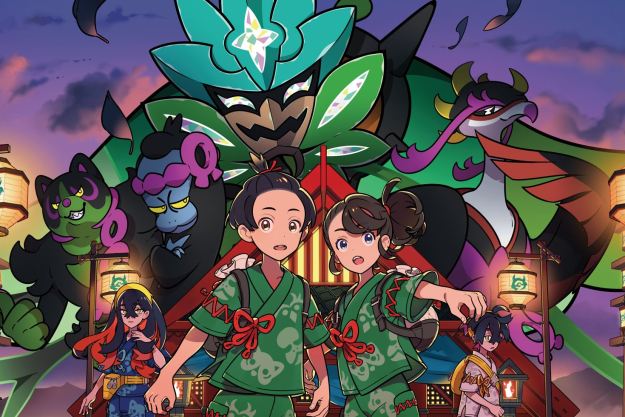Calling all Pokémon trainers, new and old! The next generation of the most popular IP in the world is here and is breaking new ground for the series. While every entry in the Pokémon franchise introduces at least a few new features or mechanics here and there, Pokémon Scarlet and Violet have made arguably the biggest leap in the series to date by giving trainers access to an entirely open world in the Paldea region. This one change means a ton of the things that longtime fans have always known about the series have changed.
Even though you begin your journey, as always, as a brand new trainer in the world of Pokémon, there are plenty of things you’re better off learning ahead of time to make your quest to catch ’em all that much easier. We’ve gone ahead and filled out our Pokédex, acquired all the gym badges, and thwarted Team Star’s plans to bring you these essential tips and tricks for Pokémon Scarlet and Violet.
Further reading
- Pokémon Scarlet and Violet breeding guide: How to breed Pokémon at picnics
- All Pokémon in Scarlet and Violet: full Pokédex, typing, and version exclusives
- The best Pokémon games, ranked from best to worst
Your map is your friend
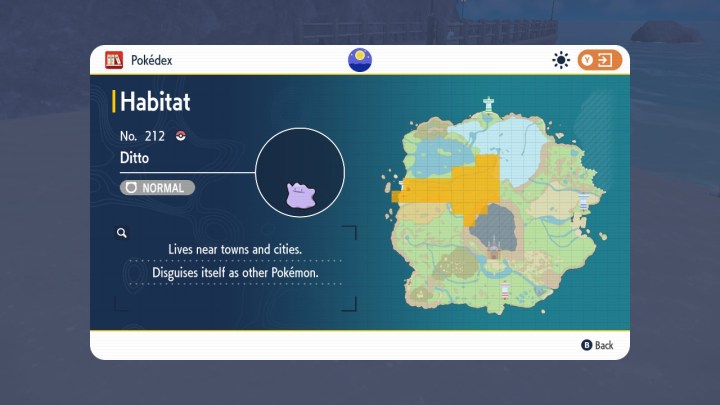
Maps are nothing new to the Pokémon franchise, but never have they been so important as in Scarlet and Violet. In prior games, they basically just told you which route connected to which towns and later let you use Fly to fast-travel between places you’ve already been. Now, it is something you will make use of all the time.
The map will display icons for all sorts of things, such as your objective, Pokémon, and points of interest. Get used to using it to navigate and place your own waypoints to make exploring easier. We also recommend pressing in on the right thumbstick on the map to lock the orientation so that north is always up, rather than having the map rotate based on your character’s position.
Climb those Ubisoft towers
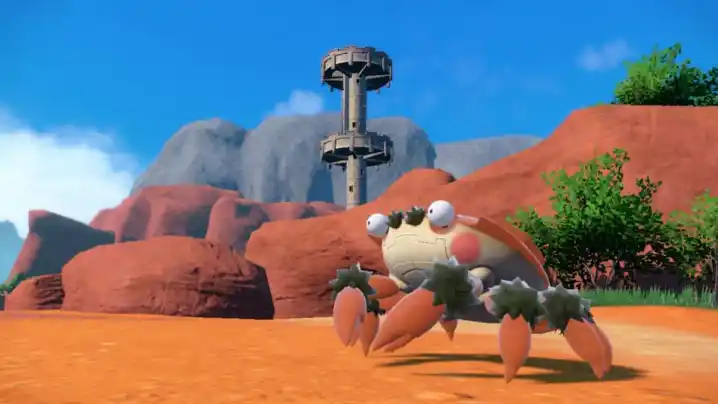
Speaking of your map, if you ever spot any giant stone tower that looks like a perfect spot for an assassin to leap from, drop what you’re doing and make a detour for it. Climbing all the way up to the top will unlock that location as a fast-travel point. Paldea is quite massive, so having access to all of these will be a major help as you progress.
Also, most towers have a Chest Form Gimmighoul Pokémon at the top that you can battle. If you catch or knock it out, you will get 50 Gimmighoul Coins that are required to evolve a Gimmighoul.
Claim your rewards
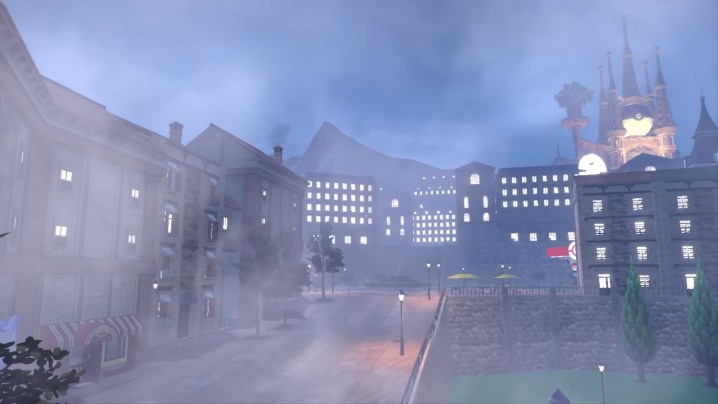
Scarlet and Violet have tons of little objectives for doing things like catching Pokémon and fighting trainers. Each one you complete has a reward, but while you can accomplish these tasks without even knowing, you won’t get the reward automatically.
Make sure to check in on your Pokédex to see what tasks you’ve completed and what rewards are waiting for you. You might have a bunch of XP, Candy, or other items just waiting to be claimed!
For rewards related to battling trainers, you need to talk to a man in a suit near all the Pokémon Centers. When you talk to him, he’ll tell you your current totals for trainers defeated in that area. Once you reach certain numbers, he’ll gift you a reward.
Fight everyone!

In the Pokémon world, it’s just kind of accepted that basically everyone has a team of monsters ready to go at any time. However, unlike past games where other trainers were so bloodthirsty that they would challenge you just for entering their line of sight, enemy trainers in Scarlet and Violet are completely passive. Unless you approach a trainer and interact with them yourself, they won’t battle you. You can tell what trainer is ready for a fight if you see a speech bubble over their head.
We already mentioned that trainer battles can help you earn rewards, but there are plenty of other reasons why testing your team against other trainers is worthwhile. For one, they’re far more fun than fighting a single wild Pokémon. Trainers have teams of multiple Pokémon that force you to play a little more strategically. Because they’re a bit tougher, they also reward much more XP for your team, as well as some cash.
Go to class

Who would want to go to school when there are so many Pokémon to catch?! Well, despite how enticing it is to dive straight into the wild world of Paldea, you’re better off at least getting a little education under your belt first.
If you enter the academy and speak to the receptionist, you can enroll in different classes. Each class will have a mid-term and a final exam, and if you pass them, you will earn some EXP Candy for your trouble. Plus, if you’re paying attention like you should be, you will also learn some of the game’s mechanics and some of the cool history of Paldea you otherwise wouldn’t get.
Walk with your Pokémon

A concept we first got a taste of all the way back in Pokémon Yellow was the ability to have a Pokémon travel alongside us in the open world instead of only appearing during battle. That first time the feature was exclusive to Pikachu and didn’t impact the gameplay in any real way, but that idea has become a fully featured system in Scarlet and Violet. By hitting the R button and throwing out a Pokémon, they will not only wander around on their own but also engage in auto-battles.
If there’s a wild Pokémon close by, your Pokémon will automatically fight them. Depending on level and type, they will either win with no problem, win but take some damage, or just flee if they would otherwise lose the fight. Since you don’t have to control your Pokémon during these encounters, and they still gain XP and items, it makes grinding your entire team that much easier.
If you’d rather just have your Pokémon stick by your side and not go off picking fights, you can also set them to just walk beside you by hitting ZR. They can still find items this way, but some Pokémon also need to walk a certain number of steps to evolve.
Don’t go out on an empty stomach

Food in RPGs almost always means the same thing: buffs. Sure enough, that is also true in Scarlet and Violet. There are tons of food stands around Paldea you can visit and purchase various meals and treats from if you’ve got the cash. Each one comes with a set of buffs that affect your entire party, which are great to stack up before challenging a boss or gym leader. These buffs won’t last forever, of course, so hit Right on the D-pad to see what buffs you currently have and how long they will remain active.
Here are all the different buffs and what they do:
- Egg Power: more likely to find Pokemon Eggs
- Catching Power: more likely catches will succeed
- Exp. Point Power: more Exp. Points gained
- Item Drop Power: more materials found after battle
- Raid Power: more rewards from Tera Raid Battles
- Title Power: more likely to find Pokemon with titles
- Sparking Power: more likely to find Shiny Pokemon
- Humungo Power: more likely to find large Pokemon
- Teensy Power: more likely to find small Pokemon
- Encounter Power: more likely to find certain types
With the exception of Egg Power, each buff will also be listed with a specific Pokémon type that they will affect. For example, Encounter Power could have the Ice tag on it, meaning you would encounter more Ice types specifically. Each buff also has a level, with higher levels meaning a greater effect.
Craft TMs
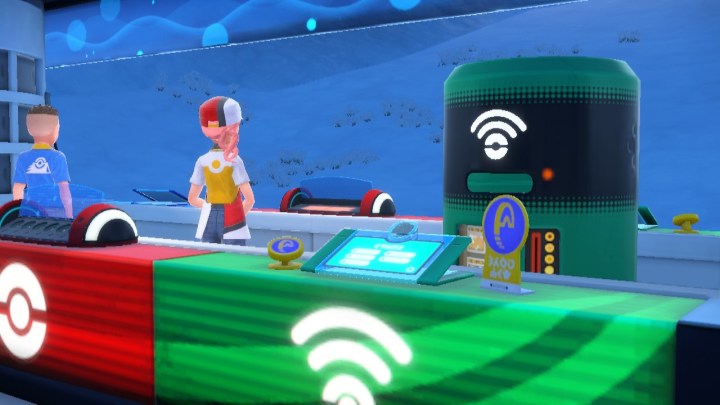
Technical Machines, or TMs, are the only way to teach Pokémon certain moves. Unlike past generations, where you would primarily find or purchase TMs, Scarlet and Violet now allow you to create them yourself. By visiting the Pokémon Center, you can access the TM machine (ignore the redundancy of the name) and see all the possible TMs you can make.
Each TM requires resources to create. Most resources require you to battle specific Pokémon. What Pokémon you need to fight should be self-evident based on the name, such as Wooper Slimes being dropped by Woopers. Another resource you will need are League Points. These are rewarded for completing quests and beating various bosses, but can also be crafted by sacrificing materials.
TMs can be some of the best moves in the game, especially early on, so craft them as soon as you can to equip your team of Pokémon with the best moves possible.
Editors' Recommendations
- Pokémon Nuzlocke: rules, tips, origin, and more
- The best Pokémon Scarlet and Violet mods
- Everything announced at February’s Pokémon Presents stream
- All Legendary Pokémon locations in Scarlet and Violet: The Indigo Disk
- All new and returning Pokémon in Scarlet and Violet: The Indigo Disk



